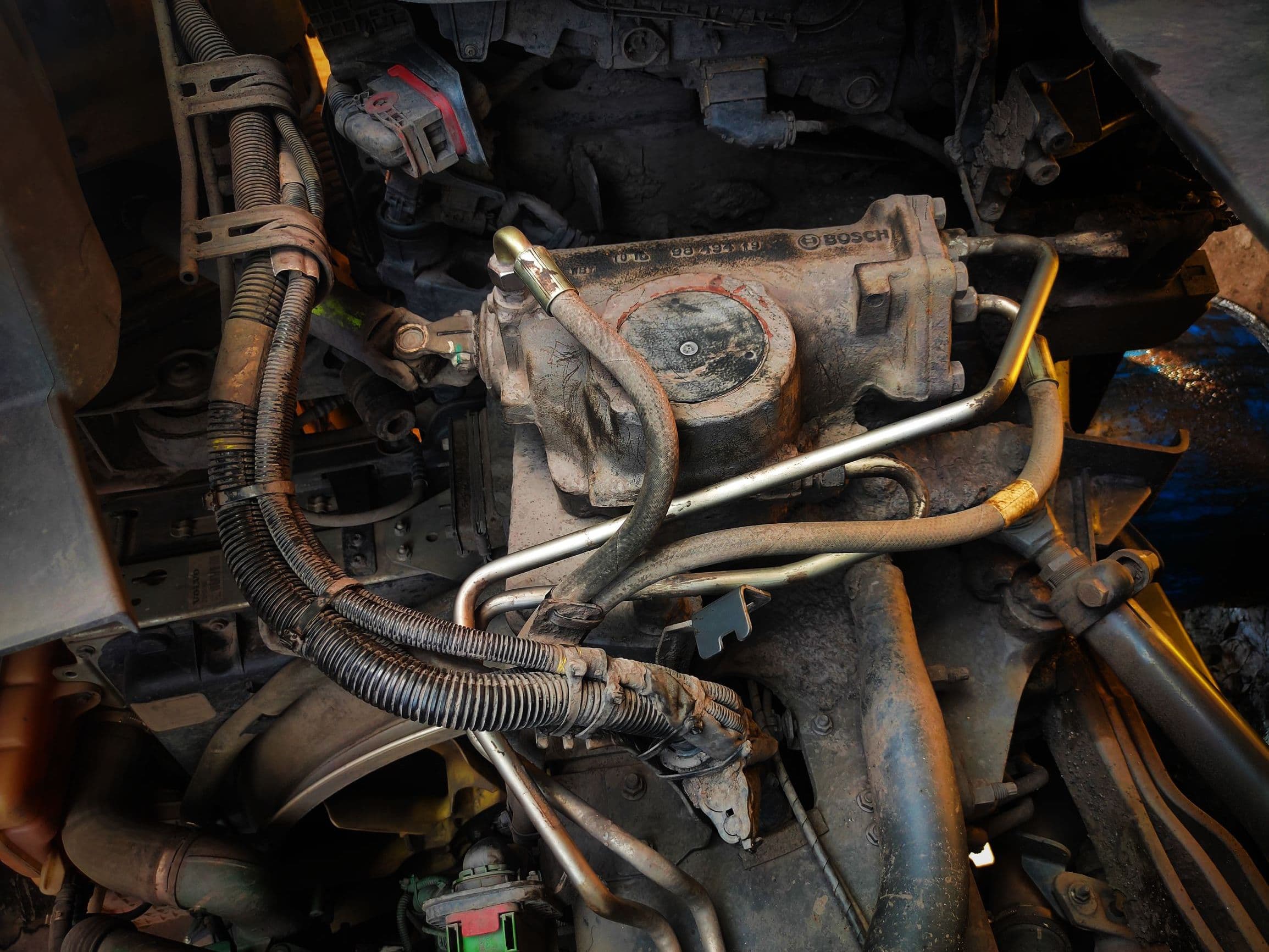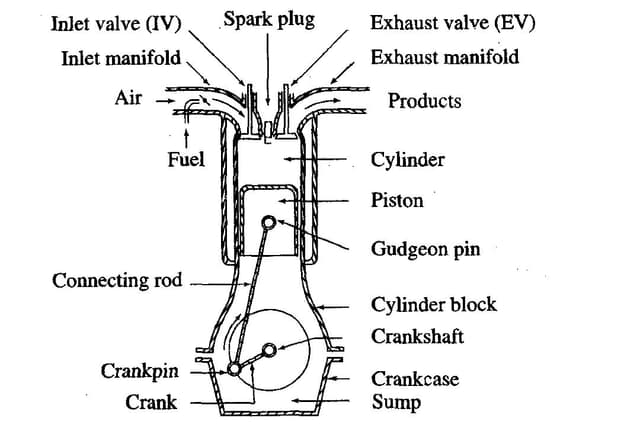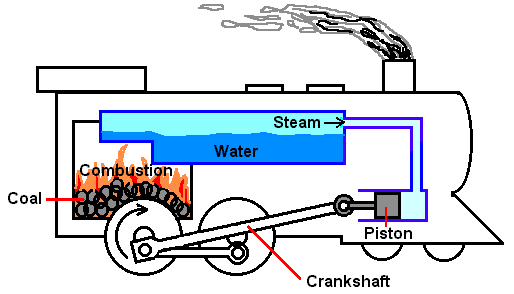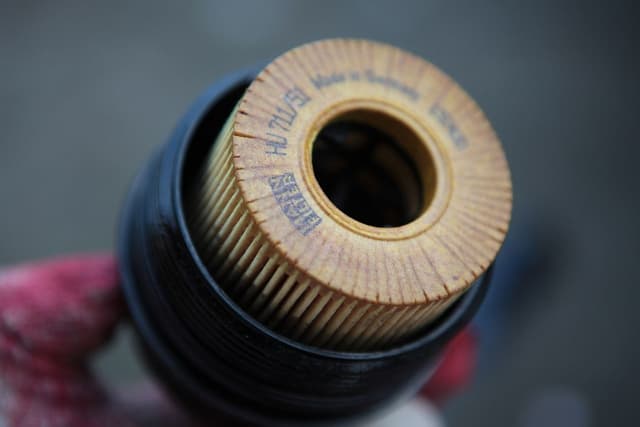Steering Gearbox
When you sit behind the steering wheel of your car and turn it left or right, have you ever wondered about the mechanism that enables this basic action? The key component responsible for this movement is known as the steering gearbox.

Bablu Yadav
Posted in Automobile Engineering
.
When you sit behind the steering wheel of your car and turn it left or right, have you ever wondered about the mechanism that enables this basic action? The key component responsible for this movement is known as the steering gearbox.
In this beginner-friendly guide, we will simplify the concept of the steering gearbox and clarify its role in assisting you in controlling your vehicle.
What is a Steering Gearbox?
A steering gearbox, also commonly called a steering gear or steering box. Its primary function is to convert the turning of the steering wheel into the horizontal movement required to adjust the direction of your car's wheels.
How Does it Operate?
Imagine your steering wheel connected to the steering gearbox through a shaft and now if you rotate the steering wheel, it causes this shaft to spin. Within the gearbox, you will find gears and a sector shaft. As you turn the wheel, these gears engage with the sector shaft to transform the circular motion into lateral (side-to-side) movement.
This lateral motion is then transmitted to your car's tie rods, which are linked to the wheels. As the tie rods move, they steer the wheels, allowing you to change the direction in which your vehicle travels.
Varieties of Steering Gearboxes
Two common types of steering gearboxes are as follows:
1. Recirculating Ball Steering Gearbox: This type of steering gearbox are of worm gear and ball bearings to covert the steering wheel's rotation into horizontal motion. It is often found in larger vehicles like heavy duty trucks trucks and certain older car models.
2. Rack and Pinion Steering Gearbox: This design of steering gearbox is more compact and efficient. It consists of a rack (a long, flat bar with teeth) and a pinion (a small gear). When you turn the wheel, the pinion gear moves the rack left or right. This design is frequently used in modern cars due to its simplicity and quick response.
Maintenance and Care
To ensure the longevity of your steering gearbox, it is imperative to perform regular maintenance. This includes inspecting the gearbox for leaks, verifying proper lubrication, and examining the steering system for unusual sounds or excessive play in the wheel.
If you detect any abnormalities in your steering, such as difficulty in turning the wheel or excessive play, it is necessary to be inspected by a good or qualified mechanic. A well-maintained steering gearbox is essential for safe and comfortable driving.
Conclusion
The steering gearbox plays an important role in your vehicle's steering system. It takes the turning of your steering wheel and translates it into the horizontal movement necessary to steer your car. Regardless of whether you drive a compact sedan equipped with rack and pinion steering or a larger vehicle with recirculating ball steering, understanding the fundamentals of your steering gearbox can enhance your understanding of the mechanics behind each turn you make on the road.




